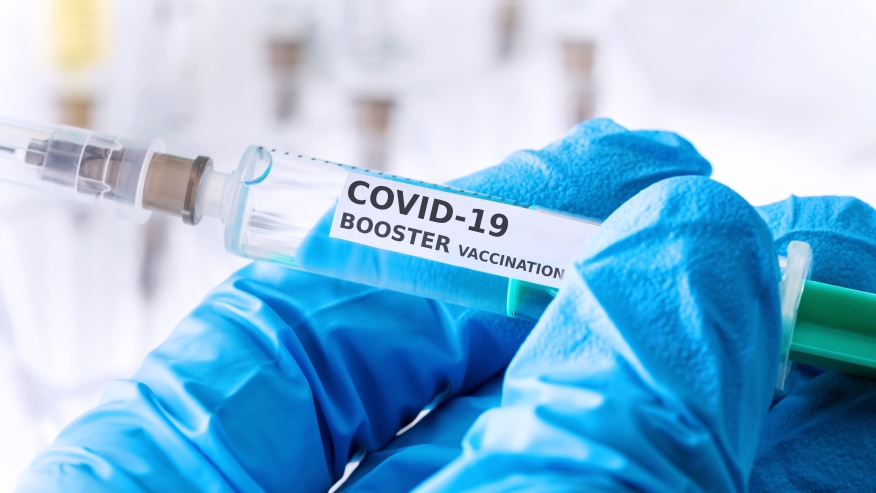Development of the COVID-19 Booster Shot
The Development of the COVID-19 Booster Shot
October 31, 2021
With nearly 188 million Americans now vaccinated, the development and distribution of a new COVID-19 booster shot has been in the works. It is said that the booster shot will be the key to exiting the pandemic, and as it develops, it is becoming more accessible to various groups of people.
The Pfizer and BioNTech COVID-19 booster shot development began back in early July. Due to the rise of the delta variant, many people were beginning to worry about the effectiveness of their previous doses of the vaccine. The new booster shot that was put into development is set to directly target the new highly transmissible strain which currently dominates the US. In addition to the new variant, there was a study done by the Israel Ministry of Health, which analyzed data that showed the decrease in efficacy of the vaccine after six months of distributing the first vaccine. While the efficacy of preventing the disease as a whole was still very high, it wasn’t as effective at controlling symptoms and direct infection.
Moderna announced their development of a booster shot in September, a few months later than Pfizer. Unlike Pfizer, Moderna’s booster was declined by the FDA as inconclusive studies showed that just two doses were still sufficient enough to protect against the disease. Some cases showed a decrease in efficacy while others showed it remained constant, even against the Delta variant. While Pfizer booster shots were authorized recently, Moderna remains stagnant in the development of their booster shots. Moderna is still trying to get clearance for the distribution of booster shots for the 65 and older age group.
In August, Pfizer had put their newly developed booster shot through various studies and tests and concluded promising results. Phase 1 data showed that people who received the third dose showed a “favorable safety profile and robust immune responses” (Pfizer). These tests confirmed that a third dose of the vaccine 6-12 months post-vaccination would be beneficial in maintaining a higher level of protection and immunity against COVID-19.
Pfizer has passed phase two and three clinical trials and is now distributing a booster vaccine to those over 18 with underlying medical conditions to initiate the process. The timing of the booster dose is highly important as well. It must be at least six months after the original dose of the vaccine otherwise it may result in dangerous side effects and fewer protection benefits. Waiting longer before a booster shot might help develop a stronger immune response. According to Dr. Fauci: “If you allow the immune response to mature over a period of a few months, you get much more of a bang out of the shot”. It is also important to consider the effects of receiving the booster shot too late. If administered to the population in an excess amount of time, the entire rate of immunity for the population will go down and the infection rate will rise again. This leads to higher death rates and hospital visits. To prevent this situation from occurring, the booster shot is distributed to individuals at higher risks and will quickly distribute to the rest of the population within a six-month period. Booster shots are gaining more approval for distribution to different groups of people and are showing promising results. As they become more relevant, many people will have improved lifestyles and better chances of guaranteed protection against new strains of the disease. The booster shot will help create a promising future and chances to return back to normal.
